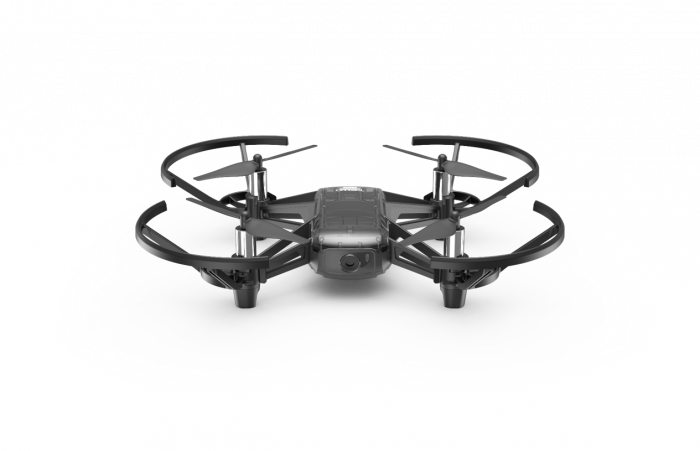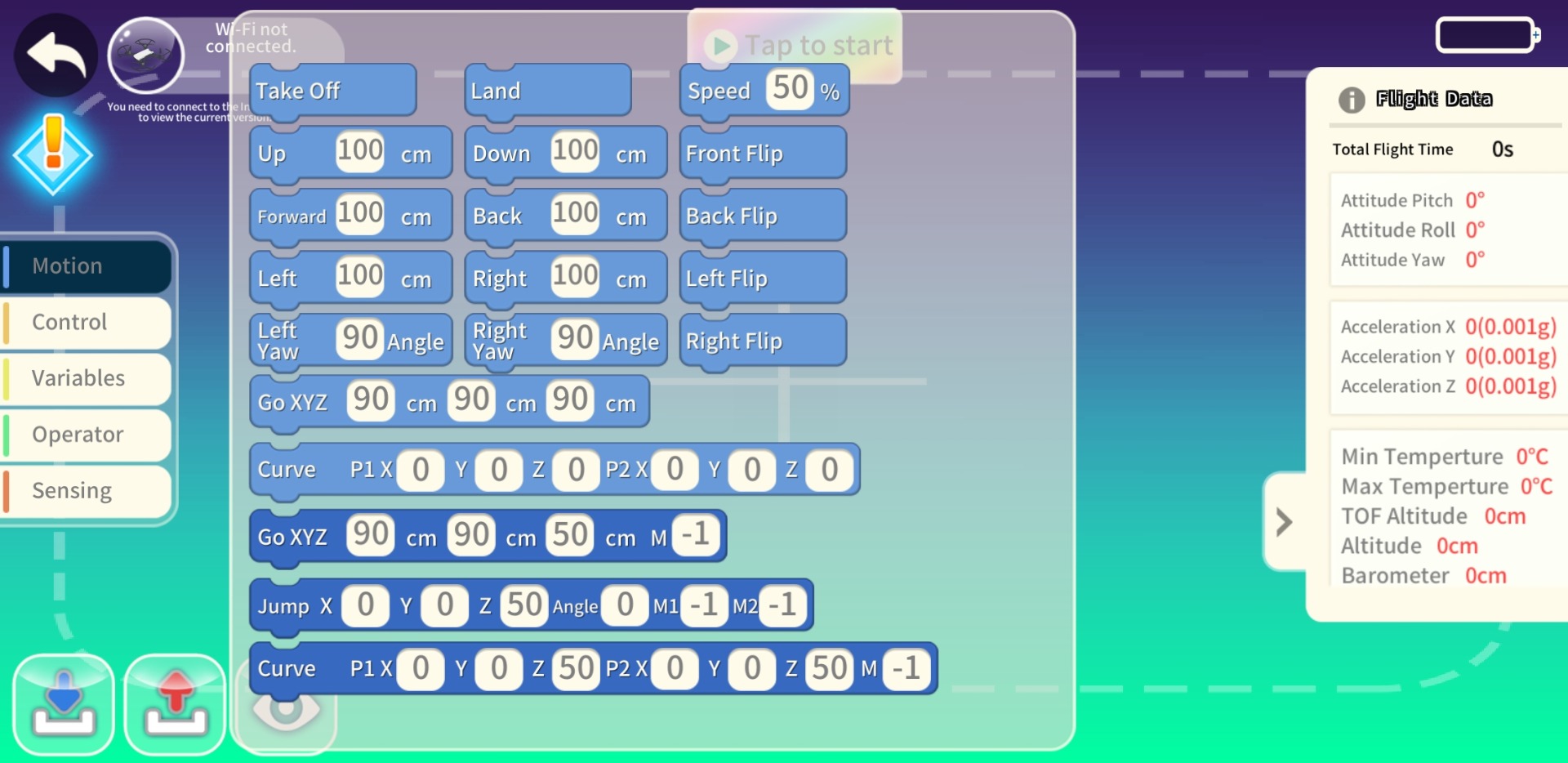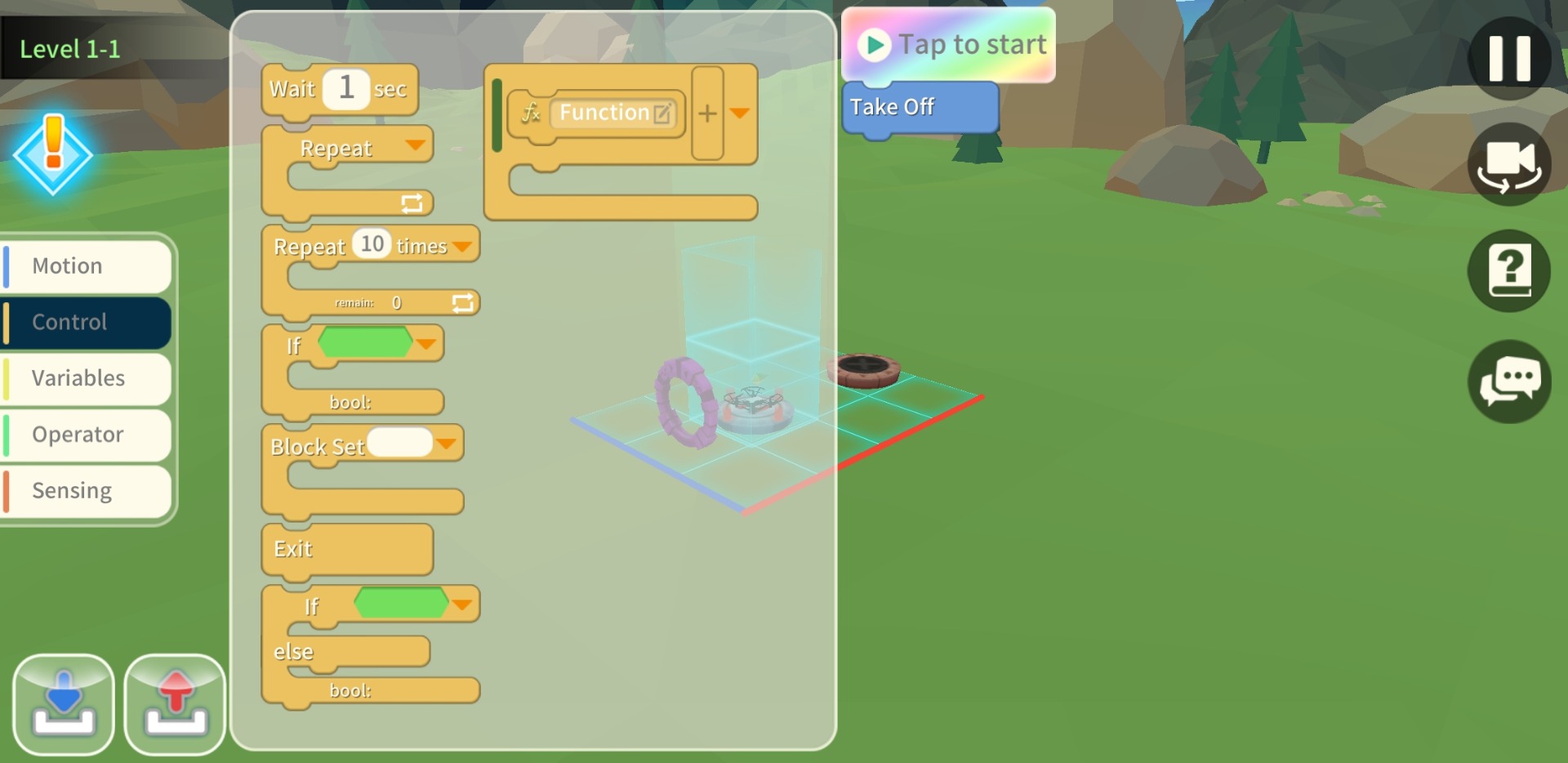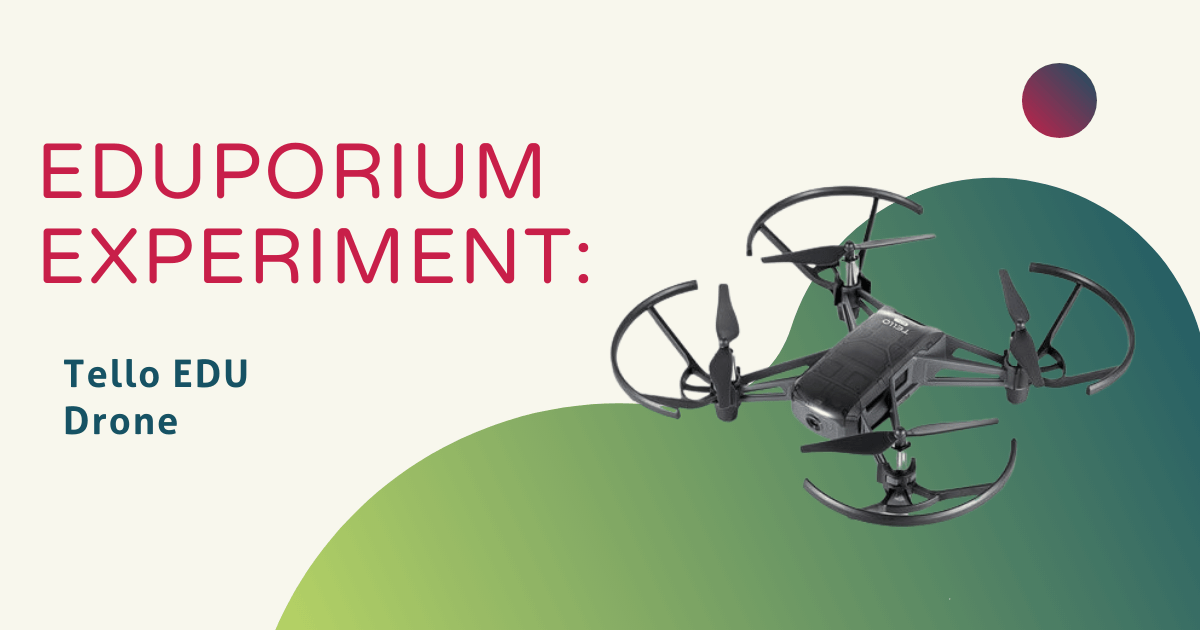What’s more fun than flying your drone in the sky and programming it to do flips and rolls? DJI's Tello EDU drone is among the best drones for the classroom, allowing children to engage in hands-on piloting while learning coding at the same time. This small, lightweight drone features a purposeful design that could help STEAM educators achieve a more seamless integration in classroom learning since students can fly it both indoors and outdoors, though it is ideal for indoor use. Students can control the Tello EDU using the main Tello app but we've also tested out its Tello EDU app to explore some additional options for how they can use drones in their classroom. Most notably, your students can control the Tello EDU's flight patterns and movements with block coding and, eventually, text-based Python.
The Tello EDU app is student-friendly and provides scaffolded challenges for them to complete while they learn key strategies for programming a drone. On the app's home screen, the two icons in the bottom left are for remote control flying or block coding. Both of these options allow for students to connect directly to the drone for flying or programming.
Features of the Tello EDU coding app.
Using the digital remote interface, children can control all the conditions for the manual flight option. At the upper left of their device’s screen, they can also see if their drones are connected to the app, which should happen once children power it on. There are also on-screen buttons for taking off, controlling their drone's yaw, rolling, flipping, adjusting speed, and landing their Tello. And, this, of course, is a great opportunity to introduce the basic capabilities of the Tello EDU to students.

Back on the home screen, there is also an interface for using block coding to program the Tello EDU. In the upper left corner, you'll again be able to see that your Tello EDU is connected to the device. Note that it will only connect once both devices are powered on. We recommend your students create their code first, then connect to the drone since battery life is just 8-11 minutes. In the environment, however, kids can access a blank canvas for writing code to program their Tello drones to fly.
DJI Tello specs and in-app controls.
Finally, this application provides lessons and challenges for integrating block coding that won’t necessarily require physically using the drone. This allows students to continue flying even if they don't actually have a drone in front of them. These challenges include a drone simulation, allowing children to create their code and then watch their simulated drone fly on the screen and perform their program. Of course, this is a nice substitute in classes with lots of kids or when space is limited. Children will still benefit from the simulated experiences and learn a lot of the same piloting and programming skills.

Some of these Tello EDU lesson plans are based off the solar system with each of the levels highlighting a planet or an astronomy concept. The “Training Station," for example, provides tutorials to using the landing pad, rotating their drones, and adjusting its flight distance. After trying “The Training Station,” kids can then complete challenges on each planet. With the scaffolded lessons, they can naturally build on key concepts. It also helps to ensure they're effectively combining coding, piloting, and design thinking and using a well-thought-out approach.

The ‘Earth’ level is free in the app and the remaining levels within the simulation challenges are available for purchase. In the first set of challenges on level Earth, children must land the aircraft on the landing pad two tiles ahead and activate the landing pad. This means they must program the drone to fly the exact distance and direction for getting there. As you can see above, the available Scratch coding blocks include various motion, control, variables, operators, and sensing blocks. If children create code with 11 blocks or less and successfully perform this action, they'll get the drone where it needs to be, complete the challenge, and be ready to move on to the next one.
Tello EDU classroom kits and drone accessories.
The Tello EDU is perfect for classrooms with its single units and STEM class packs of five, 10, and 20. Kids can truly engage with these 21st century learning tools and advance their STEM skills with new classroom excitement. If you’d like to check out our DJI products, including these Tello EDU drones and accessories, head to our store. You could also reach out to our team with questions on how the Tello could fit into your classroom, STEM program, and CTE curriculum. Don’t forget to follow on Twitter and Instagram for more content on programmable drones and EdTech in your classrooms. And, check out more thoughts from Laura on the rest of our blog.



